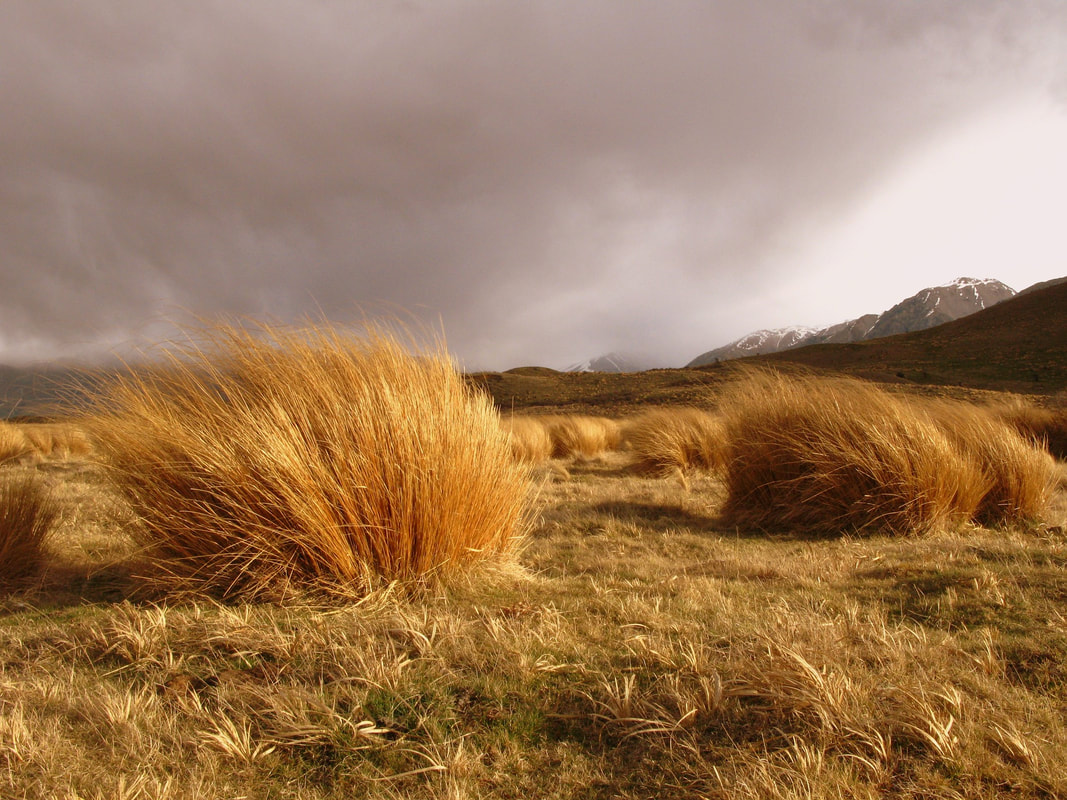IntroductionThe 2019-20 growing season for crops is likely to meet with challenging conditions that persist from the 2018-19 growing season. Extreme weather in the autumn of 2018 started with early cold and progressed into extreme cold in spring 2019. This extreme cold saw record snow and rain during the planting season which left the growing window being shortened. The shortened 2019 growing period resulted in reduced yields for staple crops but also for vegetables and fruits continent wide. Extreme weather (hail and storm) combined with cool conditions (10 degree below Growing Degree Days) further reduced the growth and quality of soybeans, corn, and wheat. Cold weather set in during the 2019 harvest period further lowering crop numbers and setting the stage for lowered winter crop production. 2020 will start with the lowest winter and spring planting setting the stage for continued lowered staple crops and produce production. Enter livestock feed issues into that setting it paints a bleak picture that could signal continued price increases and shortages. Protein ChallengesFigure 1. African Swine Fever Occurrences over the last five years. National Pork Board, 2020, https://www.porkbusiness.com/article/global-look-african-swine-feverPork prices have been on a continual increase because of the worsening shortage of pork in the world. African Swine Fever has decimated 40% of China’s Pork production which also accounts for 1/4% loss of pork production worldwide (Huang, 2020, para.2). Pork supply has been in short supply leading to increased prices in Canada and the U.S. The shortage of feed has led meat producers to adopt alternative strategies in place of conventional methods. One practice is the feeding expired pastries and dog food in place of domestic feed because of local feed prices and supply shortages (Polansek, 2019, para.1). Another is the sourcing of feed from Venezuela, unprecedented and a first, due to shortages during the 2019 year in the states by Smithfield Porks (Worledge, 2019, para.1). For these reasons, there is talk of a protein shortage (Gribbin, 2019, Para.1) and with the stage set for another year of lowered production number for feed, meat prices are likely to increase. The popularity of alternative meats has led to the increased use of peas and with the current bean shortage, meats and alternatives are also likely to increase in price this year. Growing ChallengesGrowing conditions, last year, for staple crops were challenging to be sure but produce farmers and growers have experienced reduced harvests. There were:
ConclusionCorn is an interesting staple crop, as it is used as feed, fuel, and food and has had a difficult time in our food systems. The current USDA’s World Agricultural Supply and Demand Estimates (WASDE) has been criticized as not being reflective of reality, where corn and bean estimates are questioned by industry experts (McGinnis, Trade Thoughts, 2020, para.5). These are the trends we have witnessed in the past two years, production is declining, storage supply quantities are depleting, and consumption is increasing. Another year like 2019-20 would see significant issues for food security, especially for vulnerable populations. The trends we have been observing with extreme weather and food production have not shown a stabilization, and it is likely food production will continue to face challenges. This past year we witnessed continual incremental increases in food generally. While this number is a little above the inflation rate, the classes of foods designed to maintain or increase health are the most expensive in year. One other troubling trend is that they are becoming unavailable. The food system is stressed at all levels and continual price increases are likely for everyone. With those who are on a fixed budget or limited circumstances, it will become more difficult to access affordable quality food. How will they adapt? How will you adapt? ReferencesGettleman, J., Manik, J.A., & Raj, S. (2019, October 1). India Isn"t Letting a Single Onion Leave the Country. New York Times. https://www.nytimes.com/2019/10/01/world/asia/india-modi-onion-prices.html
Hartley-Parkinson, R. (2019, December 4). Britain faces carrot shortage after flooding destroys crops. MetroNews. https://metro.co.uk/2019/12/04/britain-faces-carrot-shortage-flooding-destroys-crops-11266019/ Huang, Y. (2020, January 1). Why Did One-Quarter of the World’s Pigs Die in a Year? New York Times. https://www.nytimes.com/2020/01/01/opinion/china-swine-fever.html McGinnis, M. (2020, Jan.1) Pre-USDA Report Thoughts are Bullish, Analysts say. Successful Farming. https://www.agriculture.com/news/crops/pre-usda-report-thoughts-are-bullish-analysts-say Pratt, S. (2019, November 7). Dry beans absorb major hit. The Western Producer. https://www.producer.com/2019/11/dry-beans-absorb-major-hit/ Gribbin, C. (2019, December 12). Meat prices rising as swine fever causes global protein shortage. ABC Australia. https://www.abc.net.au/radio/programs/am/meat-prices-rising-as-swine-fever-causes-global-protein-shortage/11791644 Polansek, T. (2019, August 2). Corn is so expensive that U.S. farmers are feeding their pigs baked goods and pet food. Financial Post. https://business.financialpost.com/commodities/agriculture/u-s-cows-and-pigs-gorge-on-bakery-rolls-pet-food-as-corn-prices-surge Siegner, C. (2020, January 30). Rain puts a damper on low sugar prices. FoodDive. https://www.fooddive.com/news/rain-puts-a-damper-on-low-sugar-prices/571352/ U.S. Foods (2020). Farmer's Report Market Trends 01.31.2020. https://www.usfoods.com/content/dam/usf/pdf/farmers_report/FarmersReport.pdf Worledge, T. (2019, May 19). China-owned, US pork producer imports corn as US pork sales to China soar. AgriCensus. https://www.agricensus.com/Article/China-owned-US-pork-producer-imports-corn-as-US-pork-sales-to-China-soar-6796.html
0 Comments
Leave a Reply. |
AuthorWrite something about yourself. No need to be fancy, just an overview. Archives
March 2022
Categories |


 RSS Feed
RSS Feed